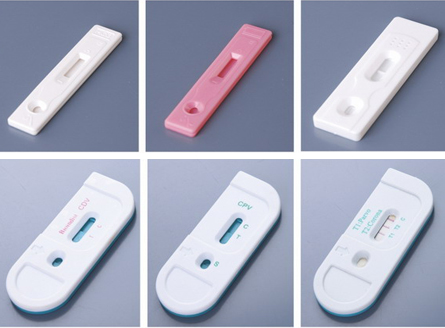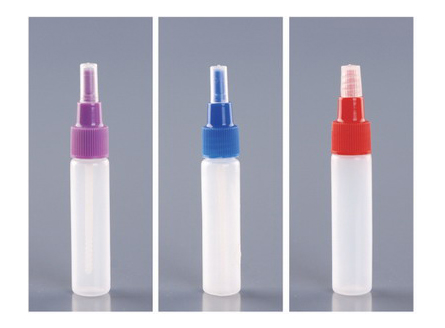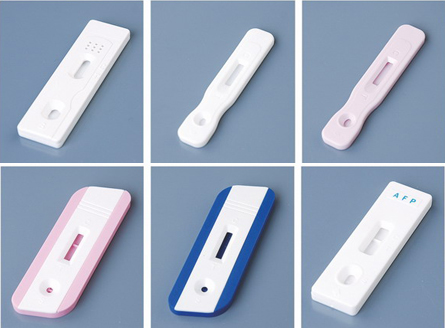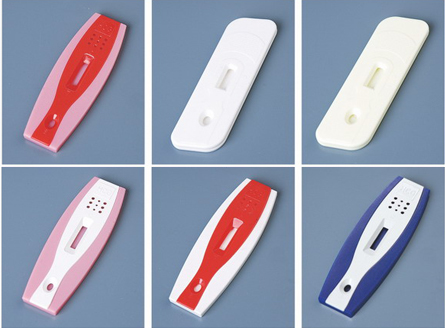
 Gold Label Card Board
Gold Label Card BoardThe gold standard card board is an instru...
 FOB fecal collection pipe
FOB fecal collection pipeFOB toilet pipes are mainly made of low-d...
 Gold Label Single Card
Gold Label Single CardOur gold label single card has a wide var...
 Gold Label Card
Gold Label CardThe appearance design and internal struct...
FAX:+86-317-4052076
Email:czycgs@163.com
Web:www.xysjcz.com
Address:Du Sheng Xiang Xiao Liu Village, Cang County, Cangzhou City, Hebei Province
Current Location:HOME > NEWS > Frequently asked questions >
NEWSThe application of colloidal gold technology in the diagnosis of livestock and p
With the continuous expansion of the scale of animal husbandry and the complexity of livestock and poultry diseases, the diagnosis and differential diagnosis of diseases require not only accuracy, but also the ability to do a good job in prevention and control. With the advancement of virus antigen detection technology, immunocolloidal gold technology has gradually been applied in the diagnosis of livestock and poultry viral diseases due to its advantages of simplicity, single detection, strong specificity, good stability, and a variety of test specimens. At present, test strips prepared using colloidal gold technology have played an important role in the diagnosis of livestock and poultry viral diseases. The immunochromatographic test strip for detecting swine fever virus antibodies established by Zheng Ming et al. using colloidal gold labeled antigen and double antigen sandwich method can be used for clinical diagnosis of swine fever. This detection method is simple to operate, has good specificity, and can distinguish between strong and weak viral infections; Kong Fande et al. used purified blue ear virus antigens to coat nitrocellulose membranes and established a dot immunogold filtration method for detecting PRRSV antibodies by labeling Staphylococcus aureus A egg orientation (SPA) with colloidal gold. The conformity rate between this method and ELISA method is high. In addition, colloidal gold diagnostic test strips have been developed for various diseases such as Newcastle disease, egg loss syndrome, infectious bursal disease, infectious disease, gosling novel viral enteritis, canine distemper, rabies, and hepatitis B, providing a good information tool for monitoring and prevention. 6. The application of colloidal gold technology in the diagnosis of livestock and poultry diseases. The role of colloidal gold technology in the diagnosis of livestock and poultry diseases is also prominent. Zhang Shuhuan et al. used recombinant antigens MPB83 and MPB70 of Mycobacterium bovis expressed in Escherichia coli as colloidal gold labeling antigens and capture antigens on the detection line, respectively, to prepare bovine tuberculosis antibody detection strips with high specificity. When using these strips for cross testing, other unrelated positive serum of cows showed negative reactions; Tang Jingfeng et al. established a colloidal gold immunochromatographic method for diagnosing brucellosis, using monoclonal antibodies labeled with gold as the detection line to detect brucellosis. This method has a 100% coincidence rate with PCR detection; Diao Linqi et al. used the principle of dual antibody central heart method to label a monoclonal antibody with colloidal gold and prepared a test strip to screen for E. coli O157 in the specimen. In recent years, various diagnostic strips for diseases such as chicken dysentery and cholera have also been developed, and some have been widely used in grassroots veterinarians
